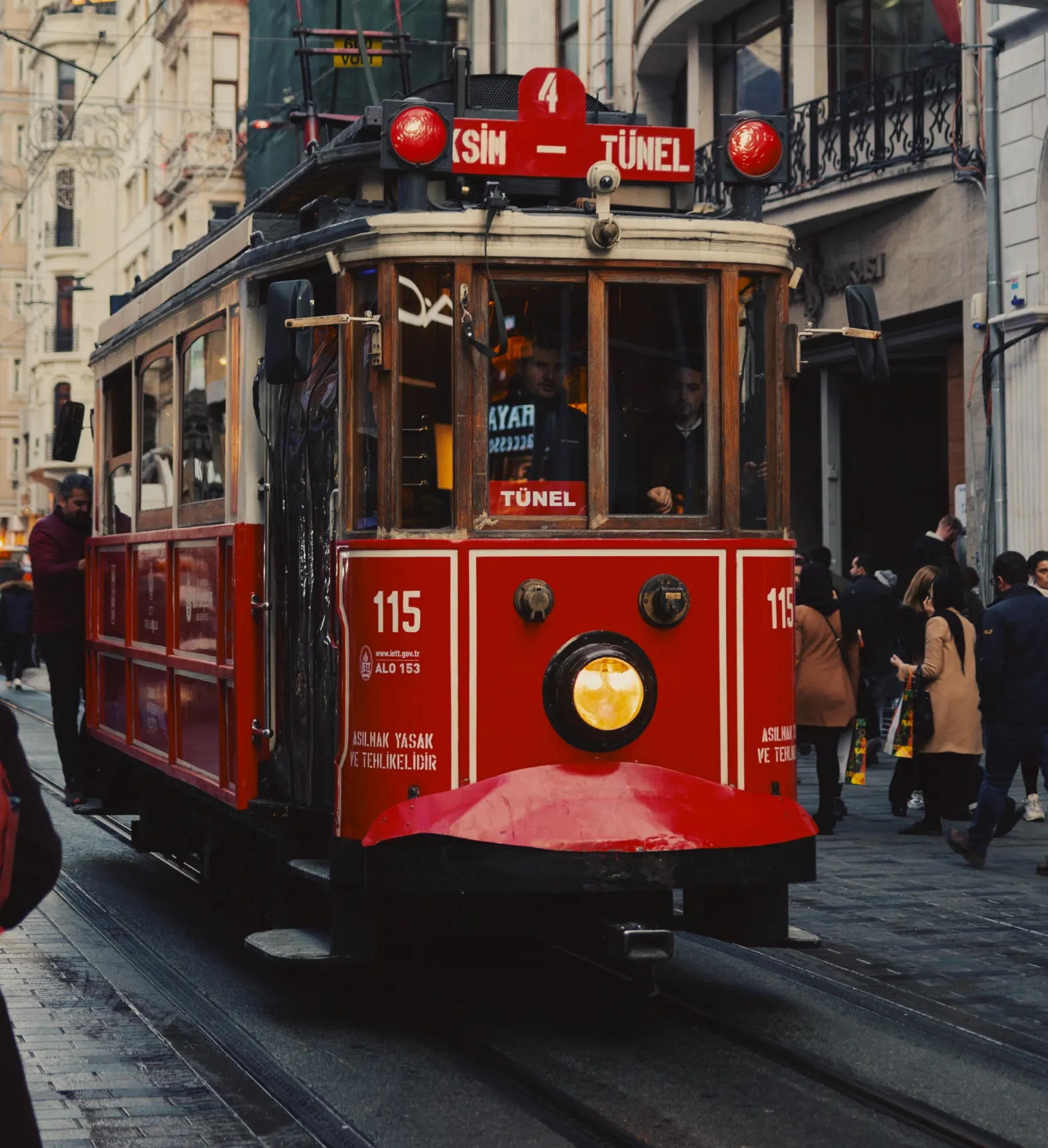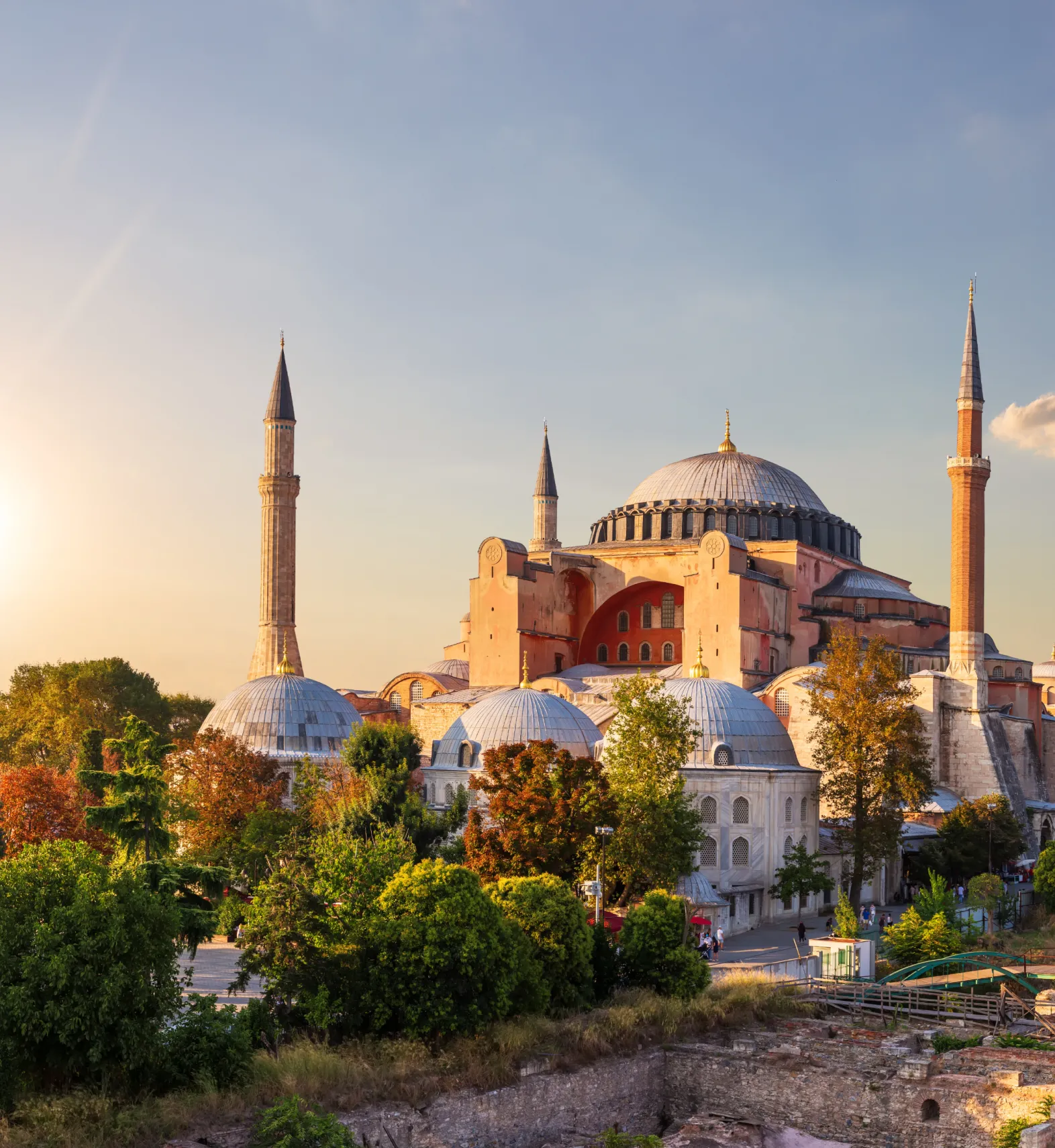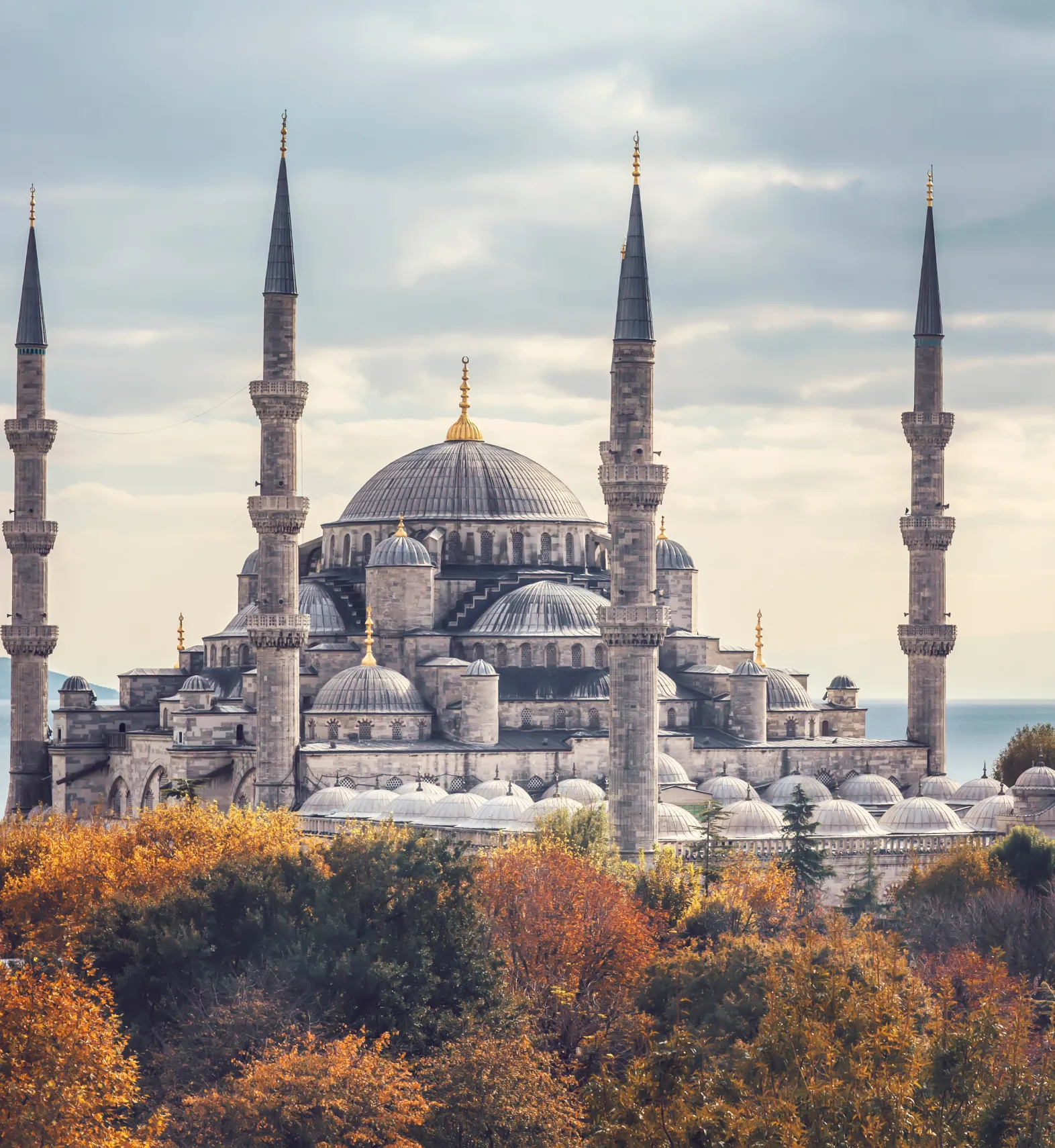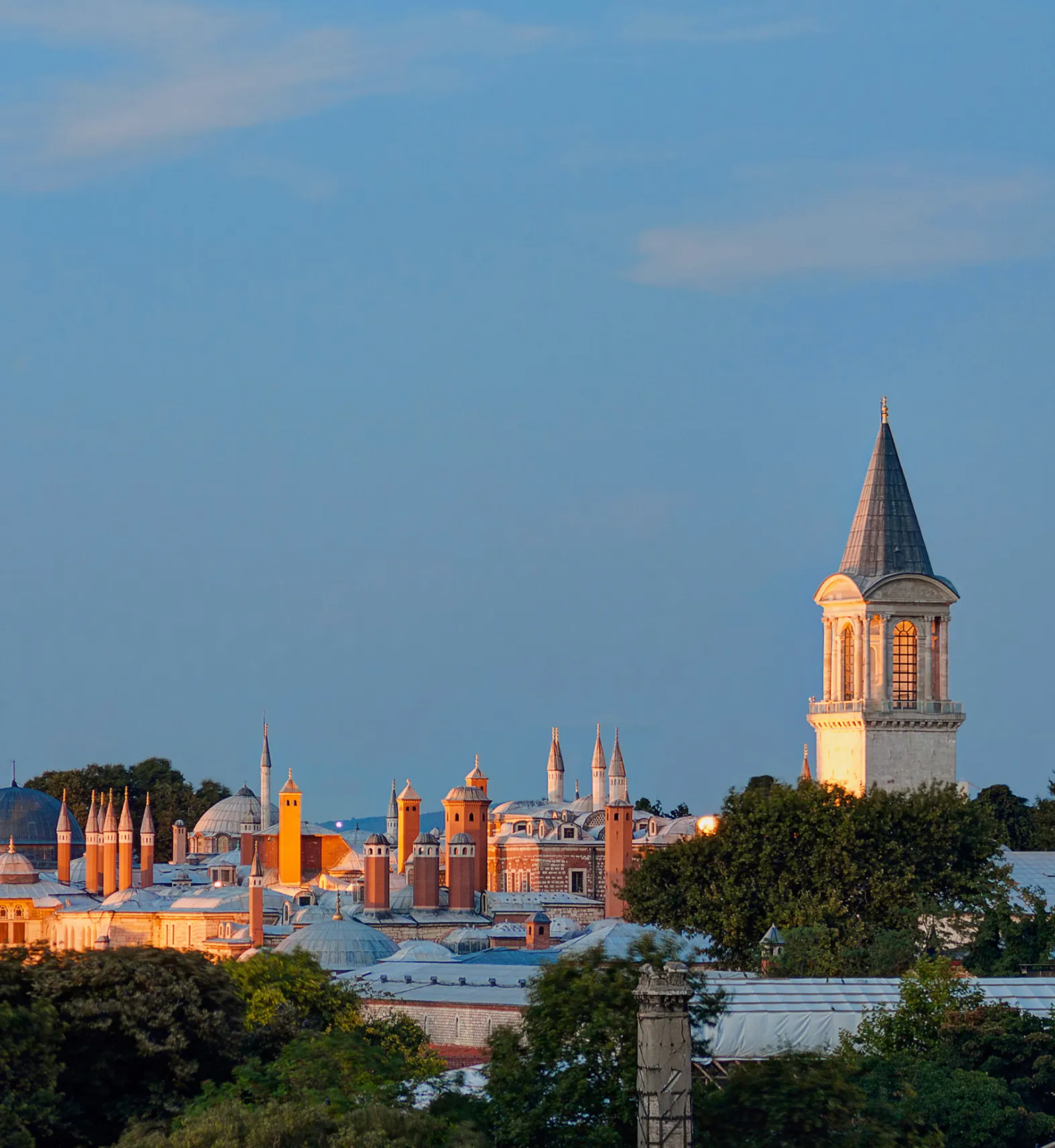The bridge between east and west, Istanbul is a vibrant city with magnificent architecture and a rich history as the former capital of the Ottoman empire.
Geographically, the city constitutes a natural bridge between Europe and Asia. Thanks to the historic wealth it contains, Istanbul is also a spectacular mixture of “the old and the new” “Byzantion” as it was named when the Greeks established it 2700 years ago, was initially a small trade town that is placed at the side of Bosphorus until Constantine the Great noticed its strategic importance. Named “Constantinopolis” after its founder, the city became the consecutive capital of Eastern Roman Empire, commonly known as Byzantine Empire. In 1453, Sultan Mehmet the Conqueror sieged Constantinopolis and declared it the capital of the Ottoman Empire.
As being the capital of three consecutive empires, the hub of civilizations and the most prominent city of Anatolian during the last 2000 years, Istanbul contains a unique heritage. A city trip turns into a journey through history, in any minute you may drive under the arches of Byzantine aqueduct, see a gravestone that is ornamented with Arabic handwriting, walk along the walls of a Roman church or a mosque built in the name of an Ottoman Statesman.

The city is alive 7/24 and provides the visitors numerous options of historic monuments, museums, art galleries, restaurants, nightclubs, bars, concert halls, theatres and stylish shopping centers.

Visit Amazing Hagia Sophia Mosque
Situated within the city of Istanbul, the Hagia Sophia Mosque is set in a former basilica. For more than 1,000 years, this was one of the largest enclosed spaces in Europe. It became a mosque when the Ottomans arrived in the 15th century.
Hagia Sophia is one of the most popular and iconic historical sites in Istanbul. It fascinates people with its breathtaking details. Considered an architectural marvel even today, its walls are adorned with Byzantine mosaics containing portraits of past emperors and representations of Christ.

Get mesmerized by the tiles inside the Blue Mosque
Also within Istanbul, the fabulous Blue Mosque is one of the Islamic world’s most illustrious structures and gets its name from the blue-tiled interior walls. Built between 1609 and 1616, the mosque once stood as the center of Islamic faith within the Ottoman Empire. Its founder’s tomb is also found inside, but the highlight is its beautiful high ceiling, adorned with 20,000 tiles of intricate styling.

Discover the Topkapı Palace
After the conquest of Istanbul by Mehmed the Conqueror at 1453, construction of the Topkapı Palace was started at the year 1460 and completed at 1478. Palace was built upon a 700.000 square meters area on an Eastern Roman Acropolis located at the Istanbul Peninsula between Sea of Marmara, Bosphorus and the Golden Horn.
Topkapı Palace was the administrative, educational and art center of the Empire for nearly four hundred years since Mehmed the Conqueror until Sultan Abdulmecid who was the thirty-first Sultan. Although Palace was abandoned by the Ottoman Dynasty by moving to the Dolmabahçe Palace at middle 19th century, Topkapı Palace was protected its importance every time.





















